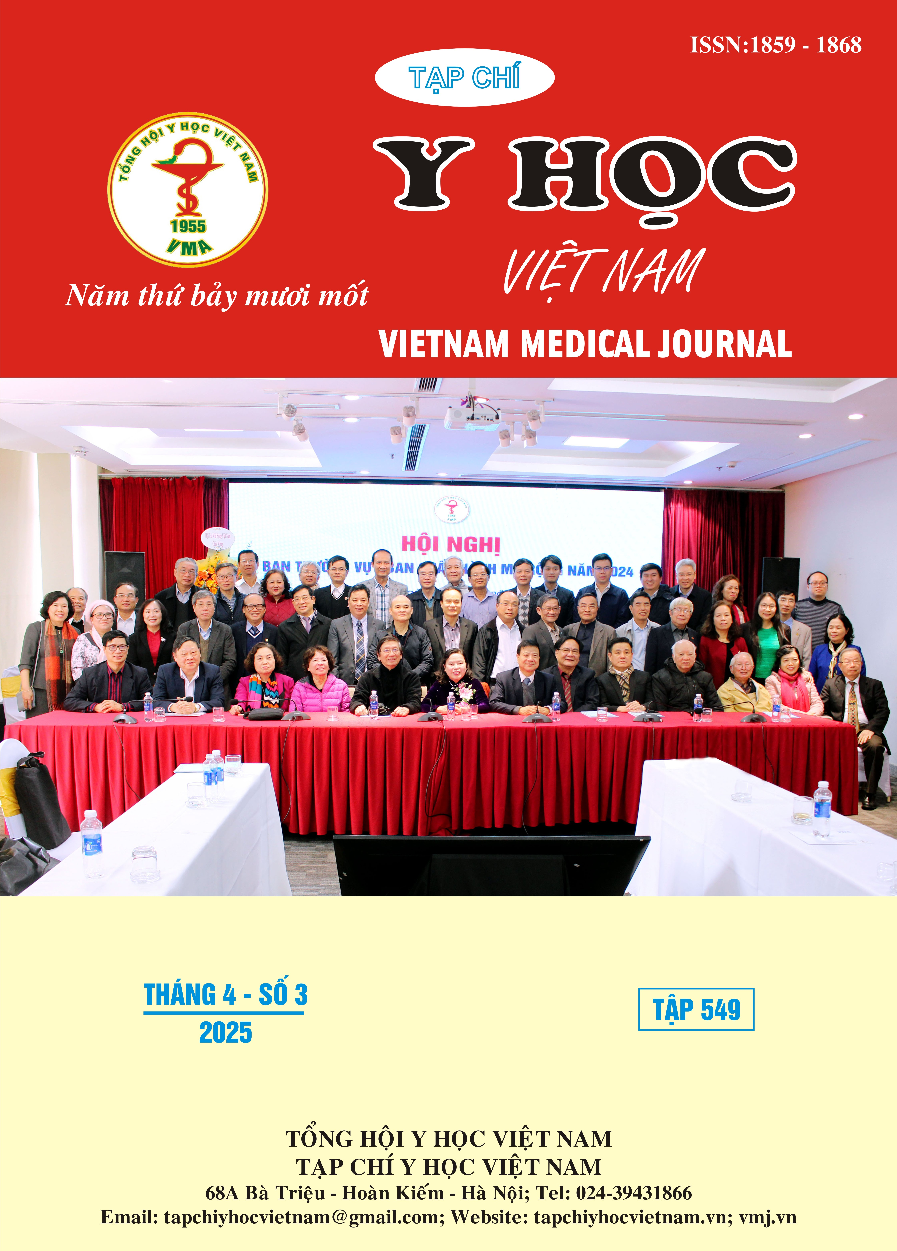THE RESULT OF BEVACIZUMAB (AVASTIN) INTRAOCULAR INJECTION ON RETINAL VEIN OCCLUSION MACULAR EDEMA
Main Article Content
Abstract
The clinical trial without control was carried out on 36 patients with intraocular injection in retinal vein occlusion macular edema. Injections of 1.25 mg of bevacizumab with 1 month interval were done for patients. Results: The median age was 65 years. There were 13 cases of branch vein occlusion and 23 cases of central retinal vein occlusion. There were 10 cases of ischemic type and 26 cases of non-ischemic type. Cytoid macular edema (69,4%), diffuse edema (30,6%). LogMAR VA before treatment was low 1.24±0,60. Good improvement of VA after treatment (1.24 - 0.81). Pretreatment central retinal thickness (CRT) was 542 ± 181 pm, which was improved remarkably after the intervention (542 - 336 µm). There was no close correlation between the CRT reduction and VA improvement throughout all follow-up points. There was no reported considerable systemic complications neither ocular adverse effects. Avastin intraocular injections appeared to be a safe and effective treatment for RVO macular edema.
Article Details
Keywords
Retinal vein occlusion macular edema, Bevacizumab (avastin), Intraocular injection
References
2. Lê Thị Thu Hà. Đánh giá hiệu quả sử dụng Lucentis tiêm nội nhãn điều trị phù hoàng điểm thứ phát do tắc tĩnh mạch võng mạc. 2017
3. Aberg, M, et al. Treatment of branch retinal vein occlusion induced macular edema with bevacizumab. BMC Ophthalmol. 2008, 8, p.18.
4. Demir, M, et al. Intravitreal bevacizumab for macular edema due to branch etinal vein occlusion: 12-month results. Clin Ophthalmol. 2011,5, pp.745-749.
5. Gutierrez, et al. Intravitreal bevacizumab (Avastin) in the treatment of macular edema secondary to retinal vein occlusion. Clin Ophthalmol. 2008 Dec;2(4):787–791.


